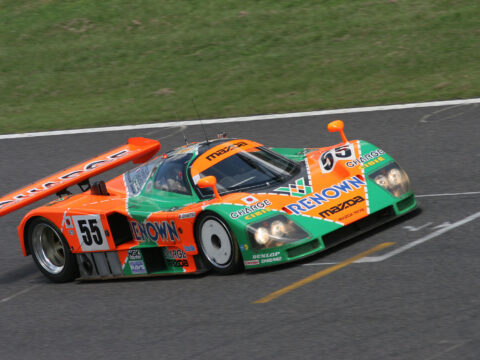Cars have always been more than just a means of transportation; they represent innovation, freedom, and cultural milestones. In this article, we take a look at the 20 most influential cars in automotive history, each one leaving an indelible mark on the industry and our lives. From pioneering models that set new standards to iconic designs that captured the world’s imagination, these cars have driven progress and shaped the way we travel. Let’s explore the vehicles that have truly made a difference.
Contents
Ford Model T (1908)
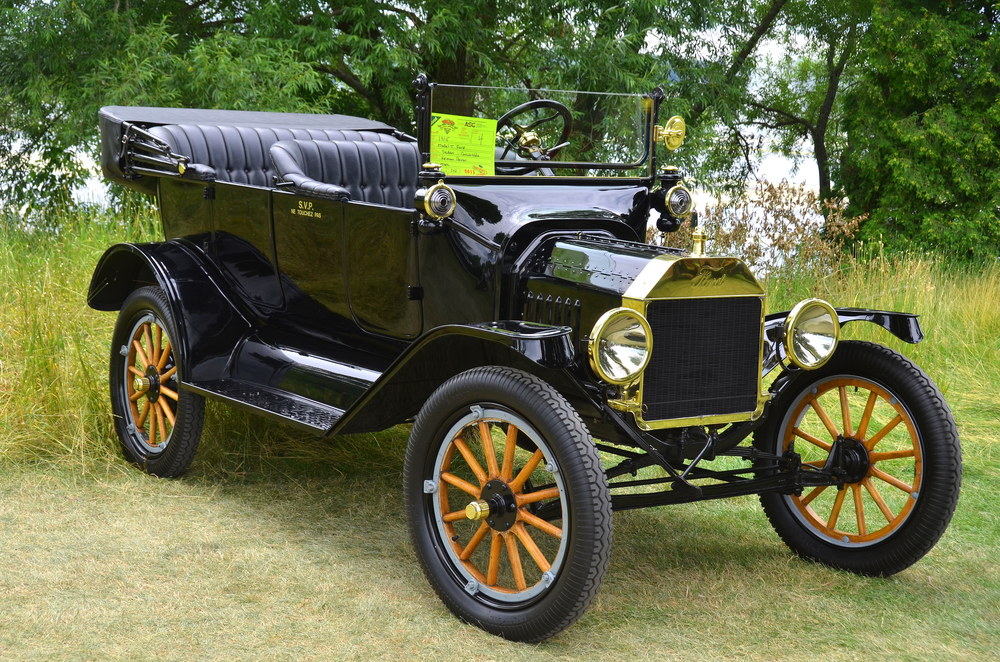
The Ford Model T, introduced in 1908, revolutionized the automotive industry by making cars affordable for the average American. Known as the first mass-produced car using assembly line techniques, it significantly reduced production costs and time. The Model T’s reliable 2.9-liter four-cylinder engine and simple design made it a practical choice, leading to over 15 million units sold. Its impact on personal mobility and manufacturing processes cemented its place in automotive history.
Volkswagen Beetle (1938)

The Volkswagen Beetle, designed by Ferdinand Porsche and introduced in 1938, became a symbol of practicality and affordability. Its air-cooled, rear-mounted engine, compact size, and distinctive shape made it an iconic vehicle. The Beetle’s simple mechanics and robust build contributed to its longevity and global popularity, with over 21 million units sold. It played a crucial role in making car ownership accessible worldwide.
Mini Cooper (1959)
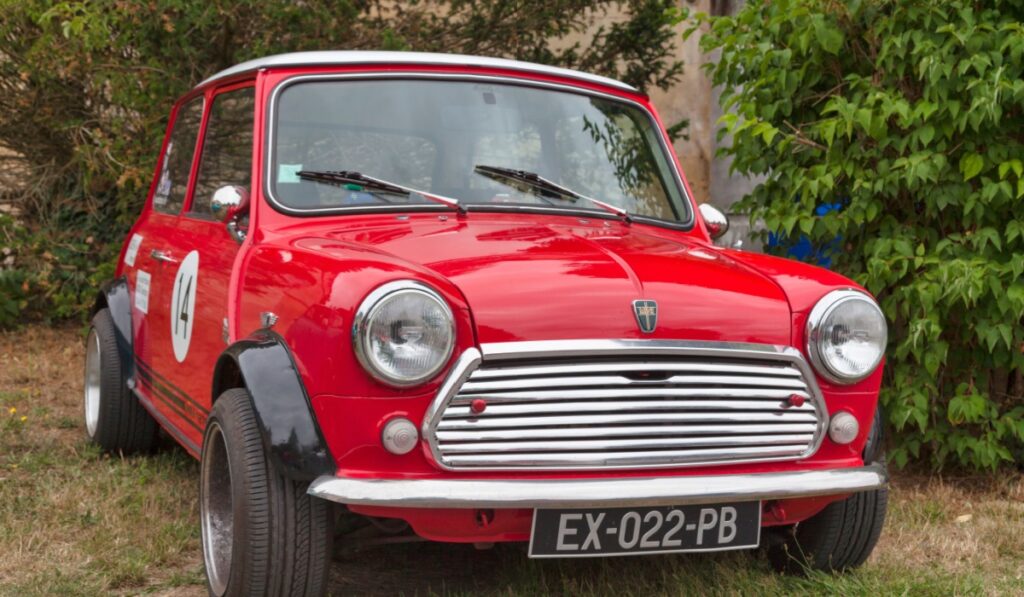
The Mini Cooper launched in 1959, redefined small car design with its innovative front-wheel-drive layout and transverse engine. Designed by Sir Alec Issigonis, the Mini maximized interior space and became a cultural icon, known for its agility and racing success, particularly in the Monte Carlo Rally. Its influence on modern compact car design and its enduring popularity underscores its significance.
Porsche 911 (1964)
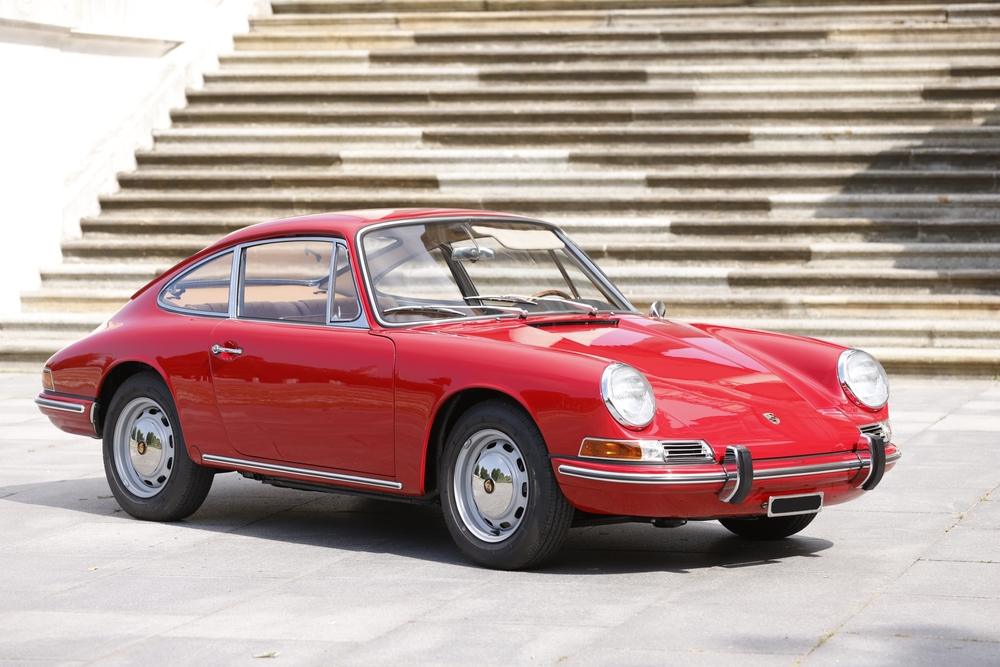
Introduced in 1964, the Porsche 911 set new standards for sports cars with its rear-engine layout, distinctive design, and exceptional performance. Powered by a six-cylinder boxer engine, the 911 became renowned for its handling and engineering excellence. It has evolved over the decades, maintaining its iconic status and influencing countless sports cars with its blend of luxury, performance, and timeless design.
Chevrolet Corvette (1953)
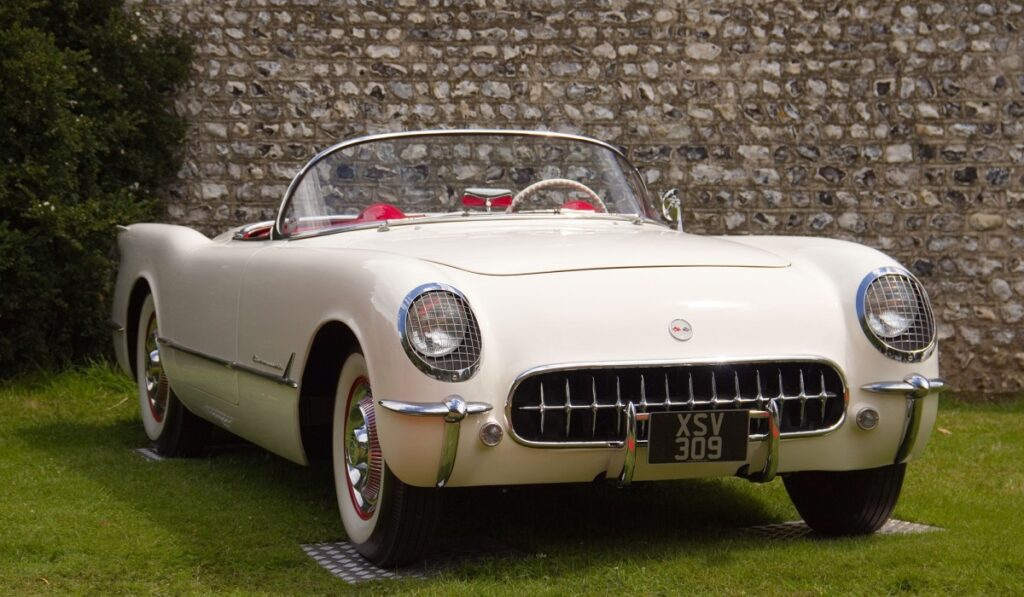
The Chevrolet Corvette, first introduced in 1953, is America’s quintessential sports car. Known for its fiberglass body, powerful V8 engines, and sleek design, the Corvette has been a symbol of American performance and innovation. Each generation has pushed technological boundaries, making it a benchmark for sports cars worldwide. Its combination of style, speed, and affordability has earned it a loyal following and a lasting legacy.
Jeep CJ (1945)

The Jeep CJ, derived from the World War II military Jeep, became available to civilians in 1945. Its rugged, go-anywhere capabilities and simple, robust design made it an off-road legend. The CJ series laid the foundation for modern SUVs and off-road vehicles, influencing vehicle design and inspiring a culture of adventure and outdoor exploration. Its iconic status and versatility make it a cornerstone of automotive history.
Toyota Corolla (1966)
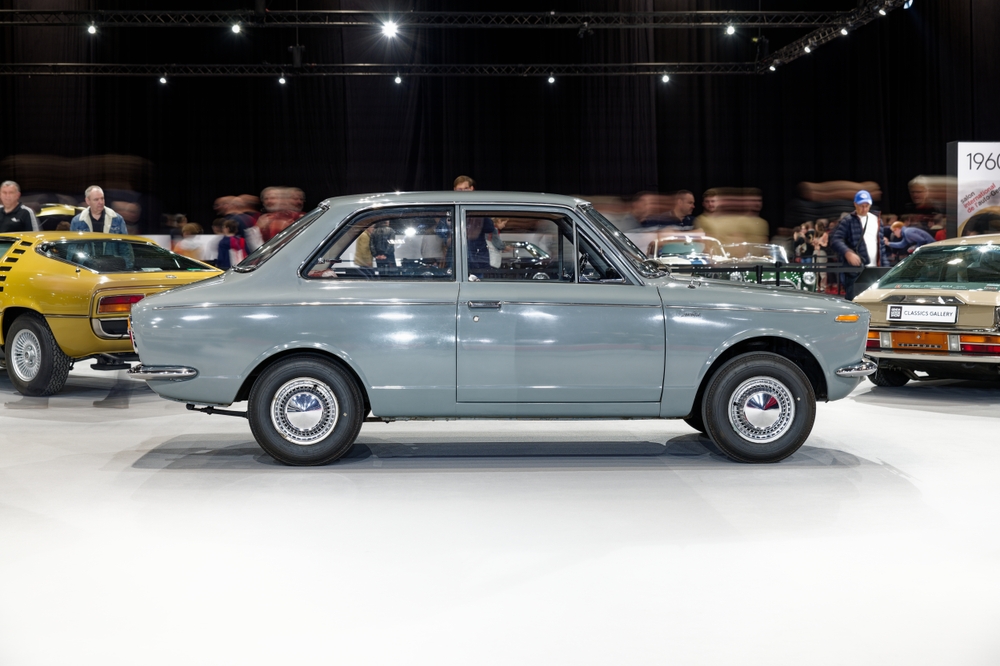
Since its debut in 1966, the Toyota Corolla has become the world’s best-selling car, with over 44 million units sold. Known for its reliability, fuel efficiency, and affordability, the Corolla has consistently met the needs of drivers worldwide. Its evolution over the decades has seen improvements in safety, technology, and design, maintaining its position as a practical and dependable choice for millions.
Honda Civic (1972)
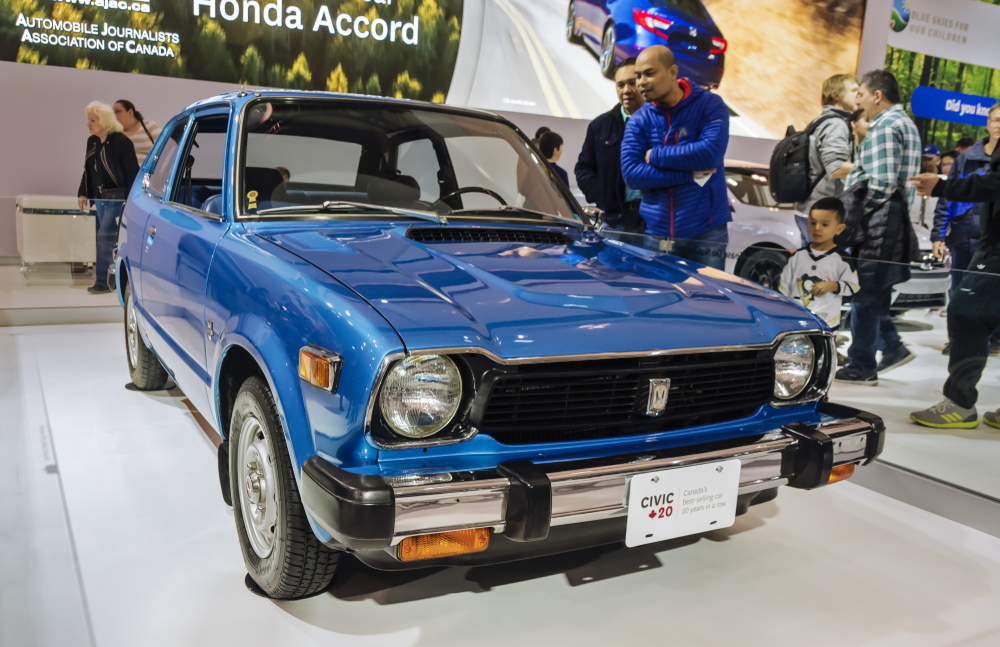
The Honda Civic, introduced in 1972, transformed the perception of compact cars with its reliability, fuel efficiency, and innovative engineering. Its CVCC engine technology allowed it to meet stringent emissions standards without a catalytic converter, setting a new benchmark for environmental performance. The Civic’s success paved the way for Honda’s global reputation for quality and innovation in automotive design.
Tesla Model S (2012)
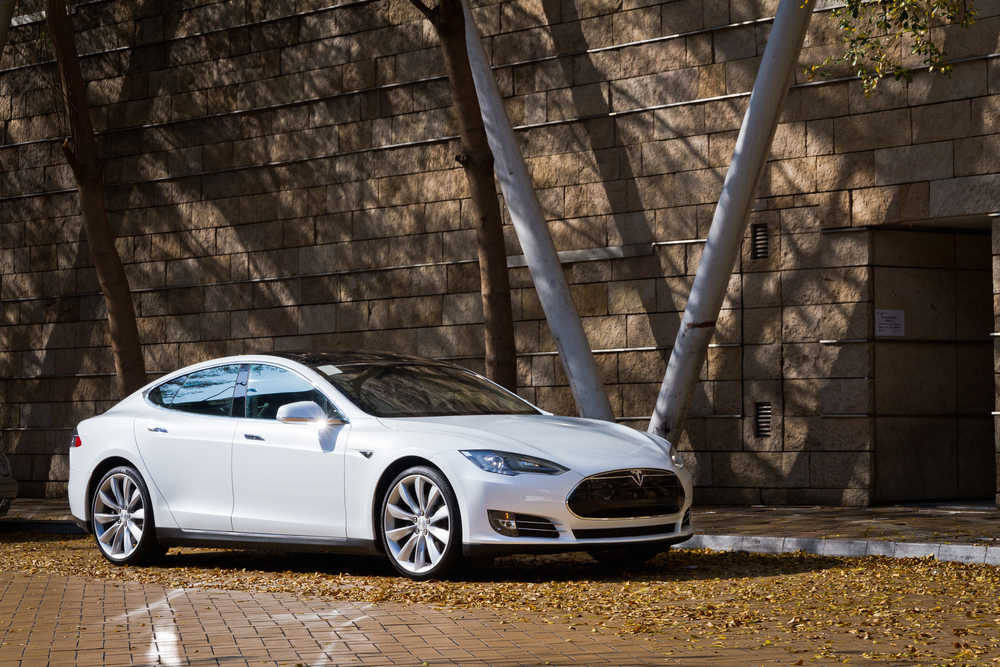
The Tesla Model S, launched in 2012, revolutionized the electric vehicle market with its impressive range, performance, and advanced technology. Featuring a minimalist design, autonomous driving capabilities, and over-the-air updates, the Model S showcased the potential of electric vehicles to compete with traditional luxury sedans. Its impact on the automotive industry has accelerated the shift towards sustainable transportation and technological innovation.
Mercedes-Benz 300SL Gullwing (1954)
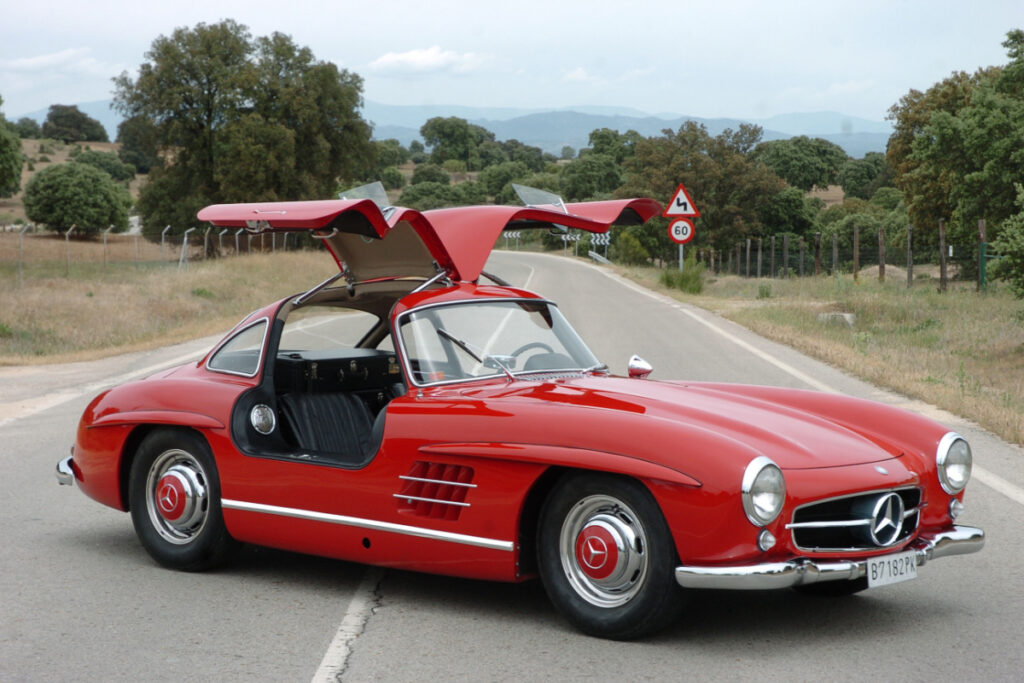
The Mercedes-Benz 300SL Gullwing, introduced in 1954, is celebrated for its innovative design and engineering. Its distinctive gullwing doors and fuel-injected 3.0-liter straight-six engine made it a performance icon. The 300SL was the fastest production car of its time, influencing sports car design and technology. Its combination of style, performance, and engineering excellence has made it a legendary vehicle.
Lamborghini Miura (1966)

The Lamborghini Miura, launched in 1966, is often regarded as the first supercar. Its mid-engine layout, designed by Gian Paolo Dallara, and striking design by Marcello Gandini set new standards for performance and aesthetics. The Miura’s 4.0-liter V12 engine and revolutionary design influenced the future of high-performance sports cars, making it an icon of automotive history.
BMW 3 Series (1975)
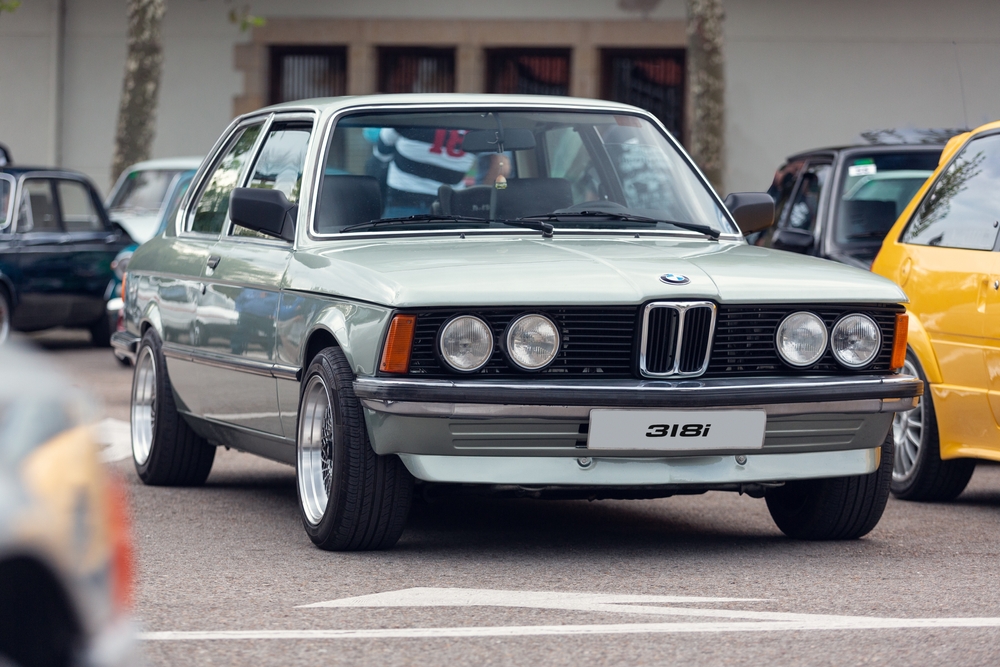
Introduced in 1975, the BMW 3 Series became the benchmark for compact luxury sedans. Known for its driving dynamics, build quality and innovative technology, the 3 Series has consistently set standards in its segment. Its blend of performance, comfort, and style has made it a favorite among driving enthusiasts and a key player in establishing BMW’s reputation for engineering excellence.
Chevrolet Bel Air (1950)
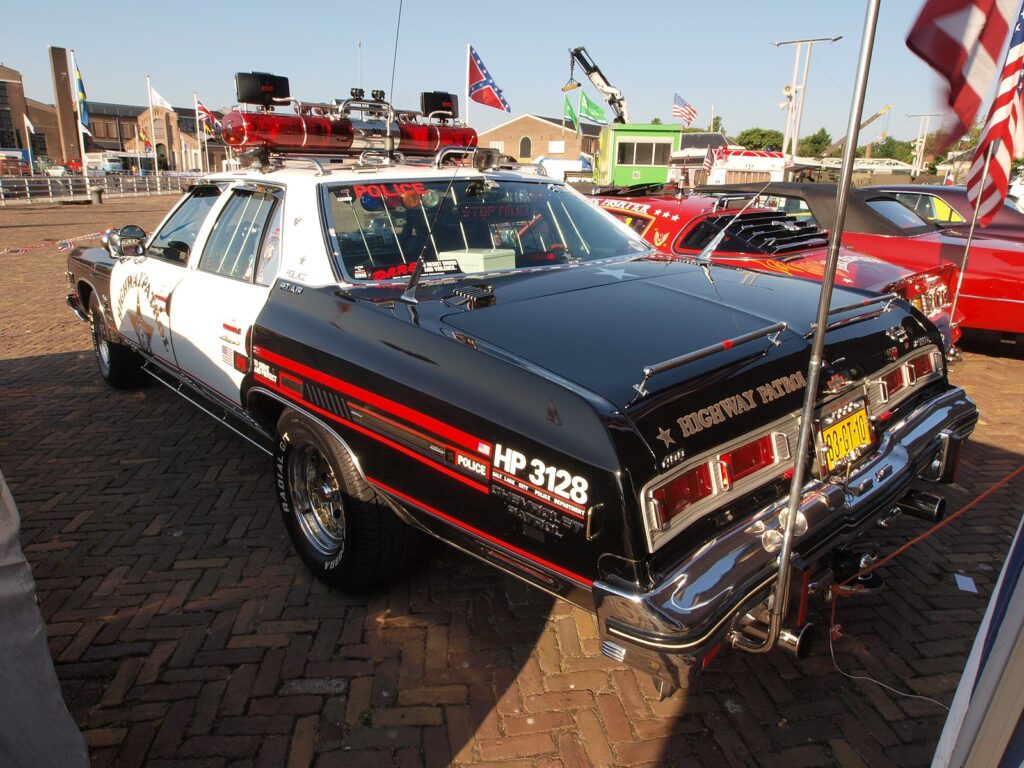
The Chevrolet Bel Air, introduced in 1950, became a symbol of 1950s American automotive culture. Its distinctive design, including the iconic tailfins of the 1957 model, and powerful V8 engines made it a popular choice. The Bel Air’s blend of style, performance, and affordability helped define the era’s car culture and left a lasting impact on automotive design.
Ford Mustang (1964)
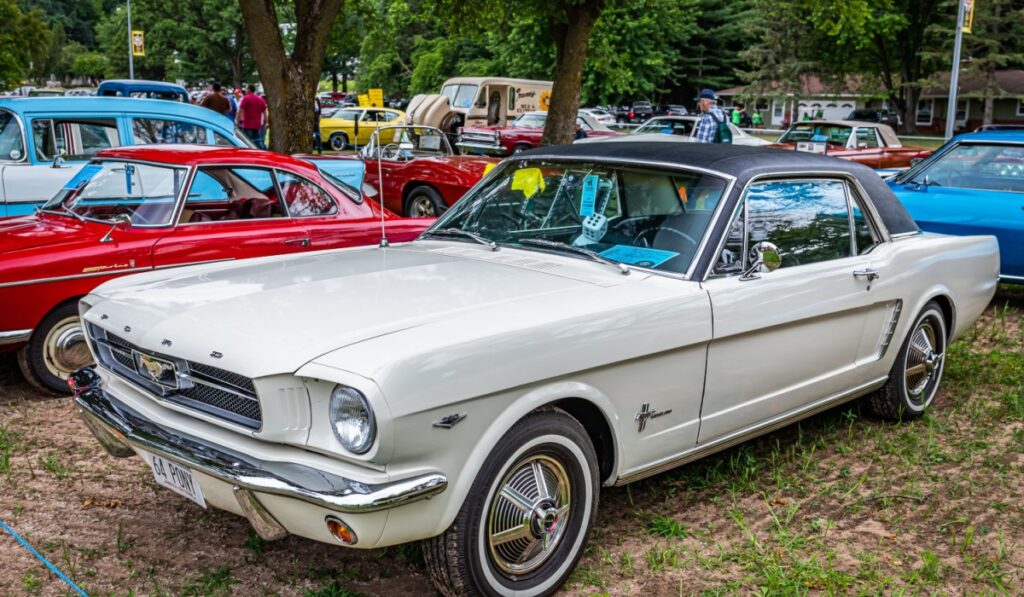
The Ford Mustang, launched in 1964, created the “pony car” segment with its sporty design, affordability, and performance. Its success redefined American muscle cars, offering a wide range of customization options and powerful engines. The Mustang’s cultural impact, racing success, and continued popularity make it one of the most influential cars in history.
Audi Quattro (1980)
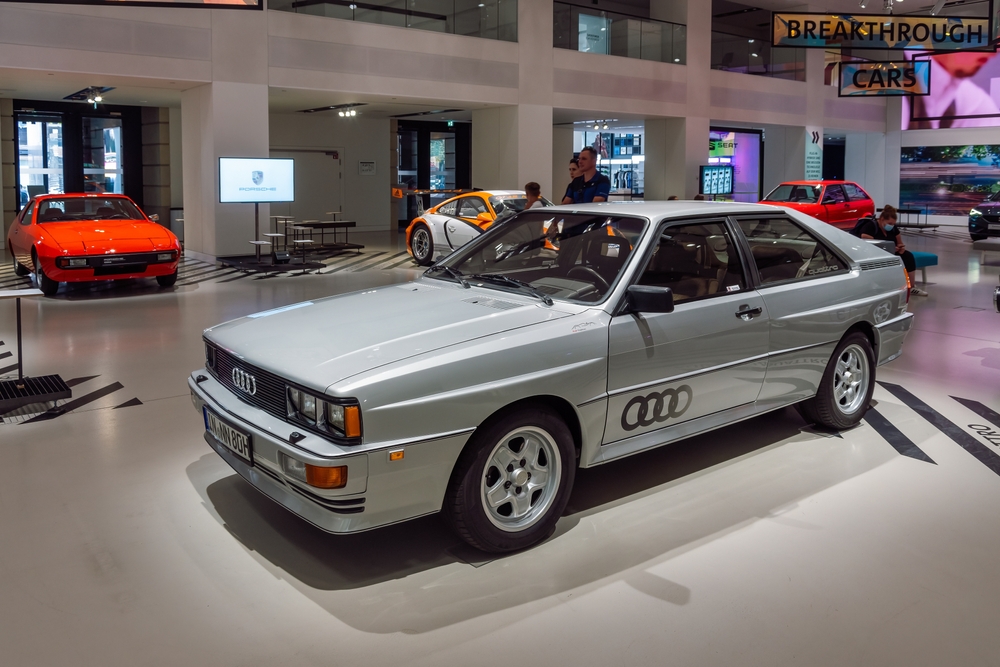
The Audi Quattro, introduced in 1980, revolutionized rally racing and all-wheel-drive technology. Its turbocharged engine and innovative Quattro all-wheel-drive system gave it unmatched performance on various terrains. The Quattro’s success in motorsports and its impact on Audi’s brand identity solidified its place as a groundbreaking vehicle in automotive history.
Citroën DS (1955)
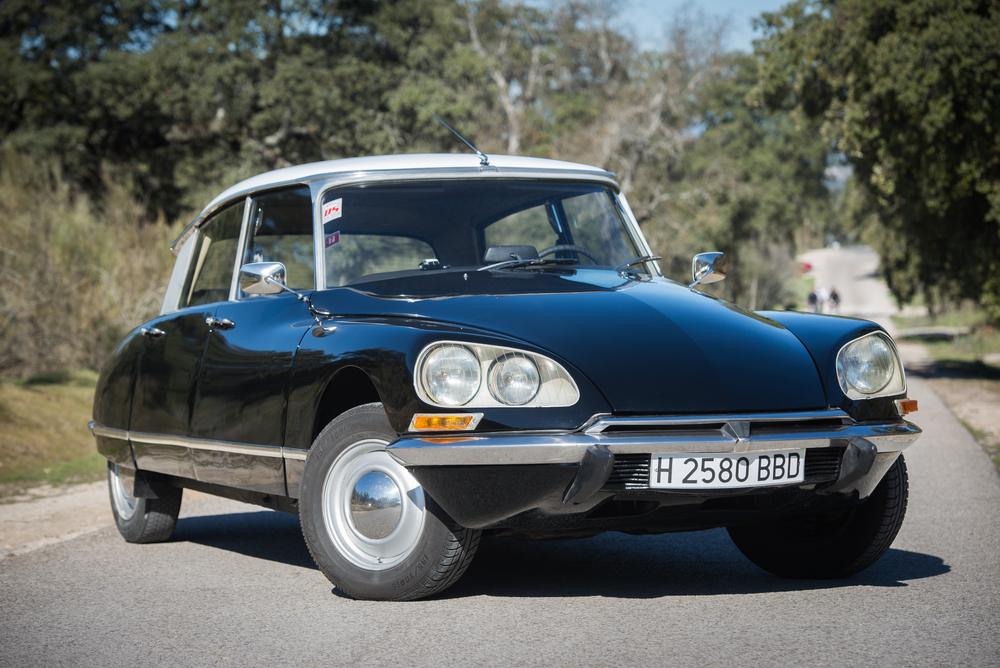
The Citroën DS, introduced in 1955, was a technological marvel with its advanced suspension system, aerodynamic design, and innovative features like swiveling headlights. Its hydropneumatic suspension provided unmatched ride comfort and handling. The DS’s futuristic design and engineering breakthroughs set new standards for automotive innovation and luxury.
Land Rover Series I (1948)

The Land Rover Series I, launched in 1948, became an icon of rugged durability and off-road capability. Originally designed for agricultural use, its robust construction and versatility made it popular worldwide. The Land Rover’s influence on the development of SUVs and its role in exploration and military use solidified its place in automotive history.
Mazda MX-5 Miata (1989)

The Mazda MX-5 Miata, introduced in 1989, revived the roadster segment with its lightweight design, affordability, and exceptional handling. Its simple, fun-to-drive nature and reliability made it a favorite among enthusiasts. The Miata’s influence on sports car design and its enduring popularity have made it a modern classic.
Ferrari 250 GTO (1962)

The Ferrari 250 GTO, launched in 1962, is often considered the pinnacle of classic sports cars. Its 3.0-liter V12 engine, stunning design by Scaglietti, and racing success made it a legend. With only 36 units produced, the 250 GTO’s rarity and historical significance have made it one of the most valuable and influential cars ever built.
Ford F-Series (1948)
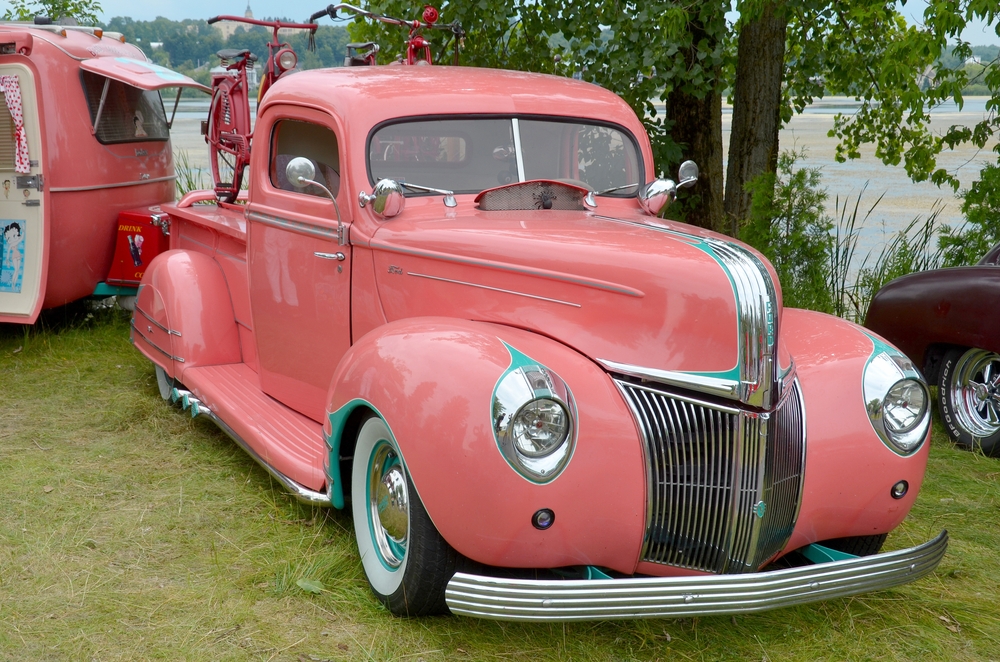
The Ford F-Series, introduced in 1948, has become America’s best-selling truck and a symbol of durability and utility. Its versatility, power, and continuous innovation have made it a staple in the truck market. The F-Series’ impact on the automotive industry and its cultural significance make it a cornerstone of American automotive history.
This article originally appeared in MyCarMakesNoise.
More from MyCarMakesNoise
25 Most Expensive Cars in the World
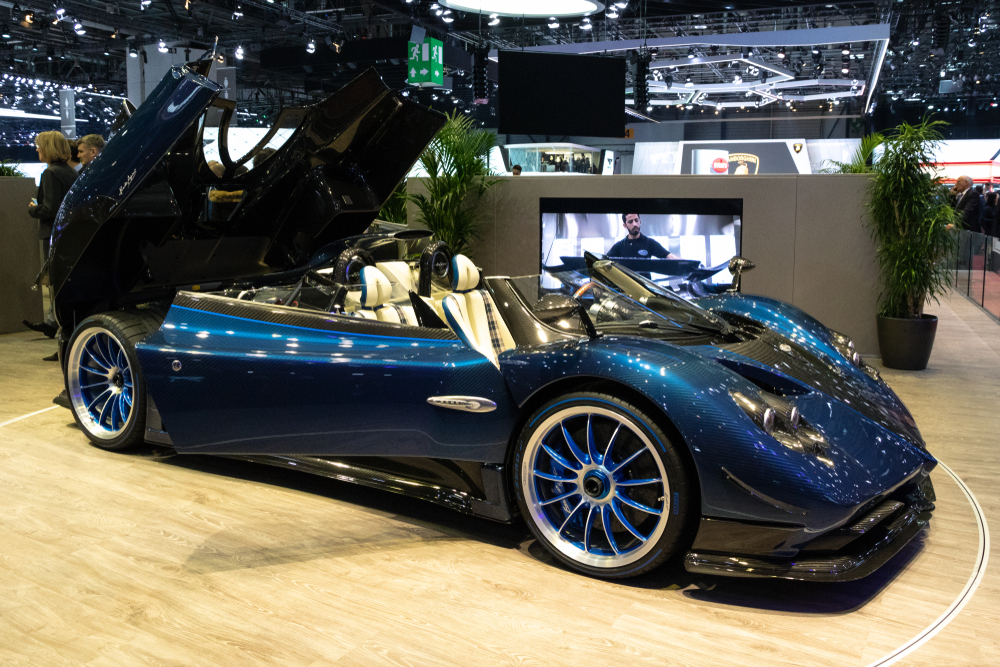
Embarking on a journey through the echelons of automotive luxury and performance, we delve into an exclusive realm where cars transcend ordinary functionality to become benchmarks of engineering excellence and opulence. Read More.
20 Lightning-Fast Trains from Around the Globe

Discover the world’s fastest trains that redefine travel as we know it. From cutting-edge technology to breathtaking speeds, these marvels of engineering are revolutionizing transportation. Read More.
25 Concept Cars That Paved the Way for Modern Vehicles
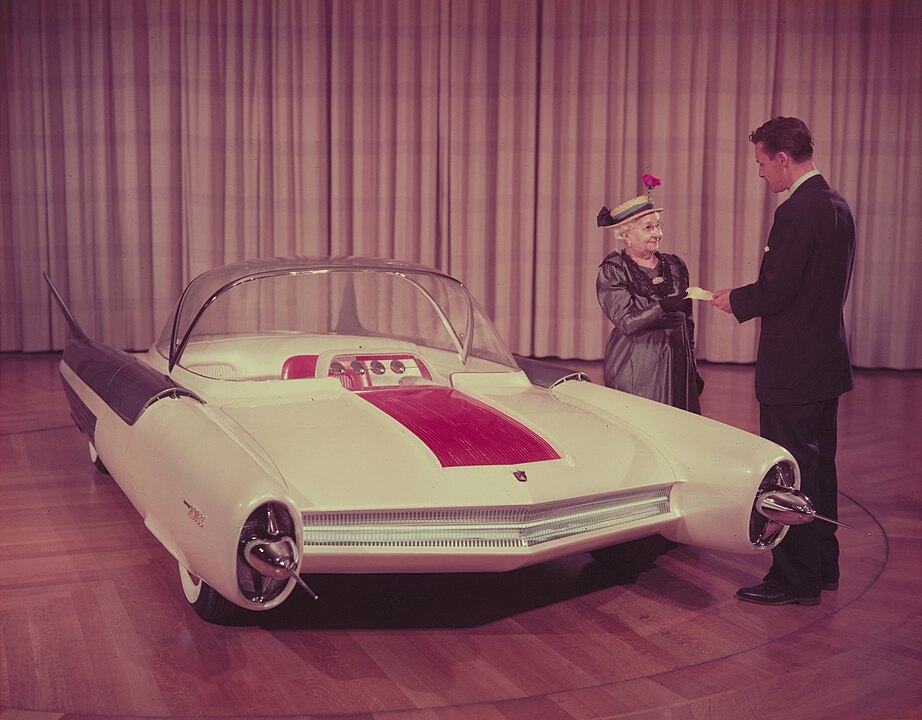
Concept cars are more than just futuristic designs; they’re glimpses into the future of automotive innovation. These 25 concept cars were ahead of their time, introducing groundbreaking features and technologies that have shaped the vehicles we drive today. Read More.


